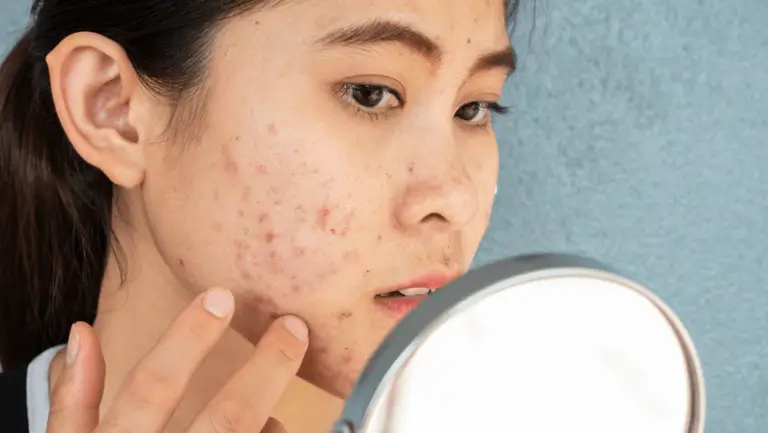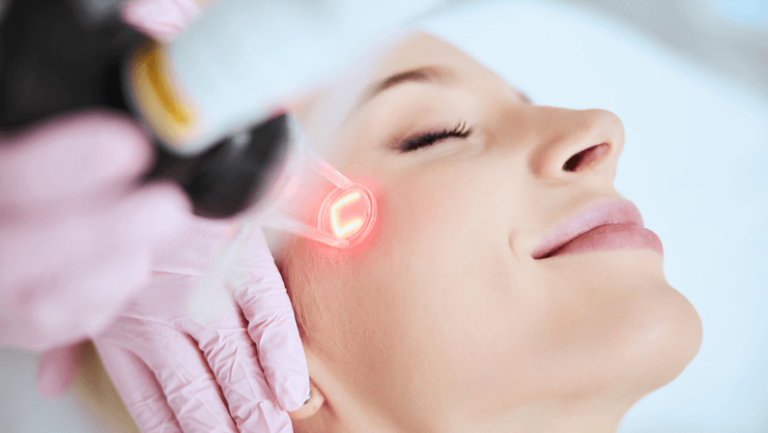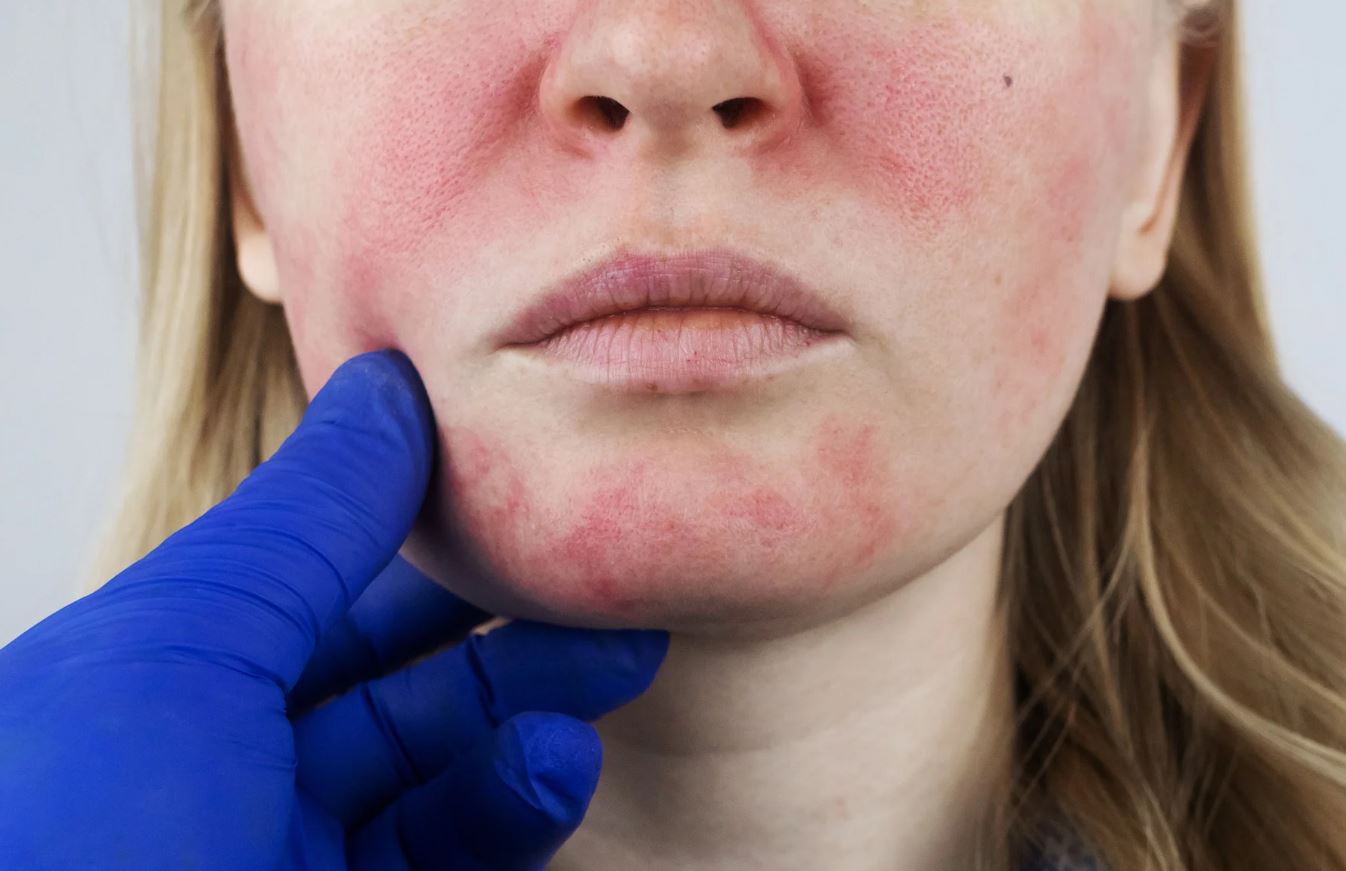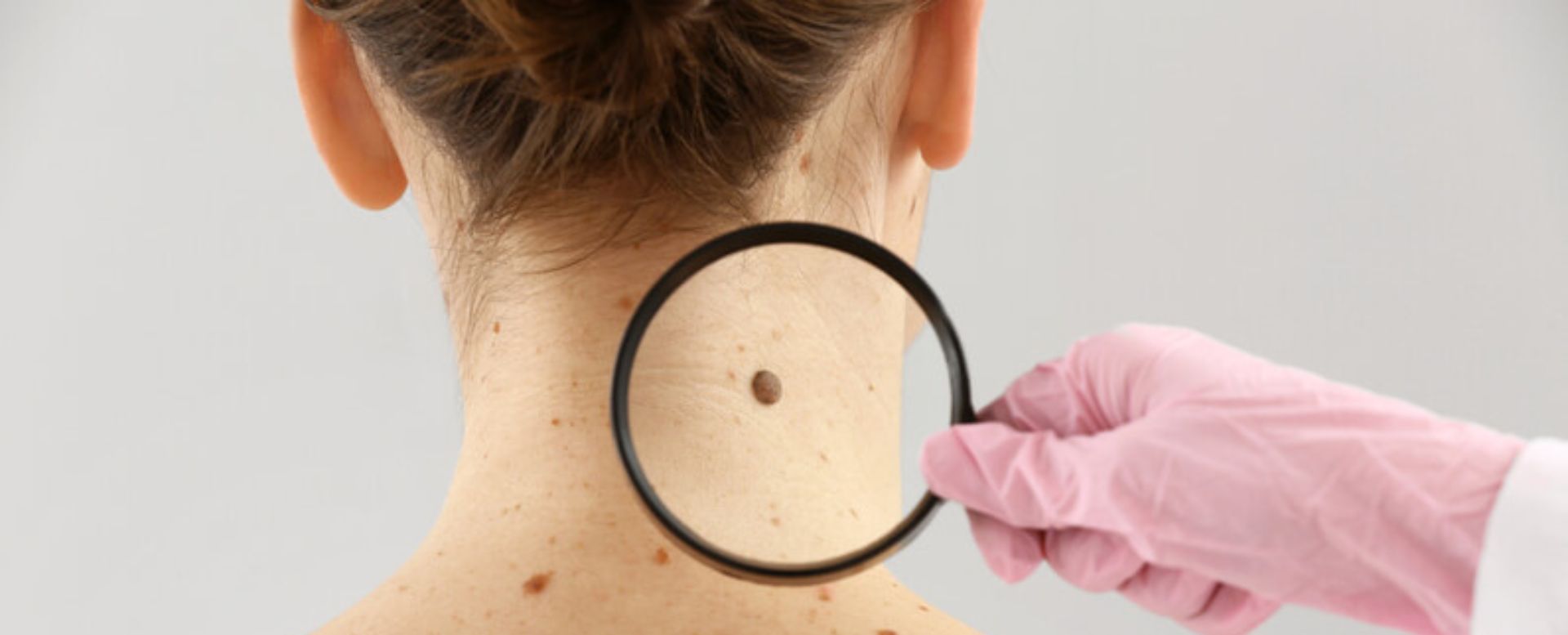Looking at the mirror and noticing a rough face texture can hurt one’s self-esteem. It’s even more distressing to see that the scars don’t go away on their own.
When the skin is damaged at a deeper level, it results in pockmarks, which are little holes that appear on the surface of the skin.
There are a variety of treatment options available to help minimize their appearance. We’ll go over some of the main causes of pockmarks and how to treat them.
What Are Pockmarks?
Skin lesions that have a concave contour and appear to be holes or indentations are referred to as pockmarks. They develop when the skin’s deeper layers are injured.
Extra collagen is produced by cells in the skin’s deeper layers when it begins to mend, which may leave scar tissue behind.
This scar tissue is distinct from the rest of your skin’s tissues. This makes pockmarks obvious due to their uneven texture in comparison to the surrounding skin. Even with cosmetics, the texture of this skin is tough to cover up.
What Causes Pockmarks
Pockmark scars can be caused by any disorder or condition that causes skin problems.
Acne
Pockmarks can also be caused by the habit of popping pimples. Even when the acne has cleared up with medicine or topical solutions, pockmarks may remain.
Regardless of whether or not the acne is allowed the wound to heal on its own, those with severe cases of acne scars may develop pockmarks.

Infectious diseases
Smallpox and other infectious diseases were once a common cause of pockmarks. Although smallpox has almost vanished, other illnesses, such as chickenpox, can cause the same surface scars.
Other Bacterial Infections
Skin infections produced by bacteria like streptococcus or staphylococcus have been reported to induce pimples in the past. They can cause boils if they invade a hair follicle.
How to Get Rid of Pockmarks?
Pockmarks removal can be difficult, but there are a few treatment alternatives that can help.
All of the listed treatments below require a dermatologist’s guidance and should be tailored to your skin type and tolerance level. The most successful methods include:
Chemical peel
A chemical peel is an option for many people with pockmarks. The skin is treated with an acid or enzyme during a chemical peel.
New cells are formed as a result of chemical peels penetrating into both the epidermis and middle layers of the skin.
Pockmarks may be less noticeable on newly formed skin because of the regeneration process. It also improves the skin’s tone and texture as a side effect.
Dermabrasion
For scars that aren’t too deep, dermabrasion is more effective. Dermabrasion sessions produce results similar to chemical peels without the use of chemicals.
The top layers of the damaged skin are scraped away using a small revolving wire brush. Dermabrasion may raise the chance of new scars or larger pores in some people.
Microdermabrasion
The outer layers of the skin are removed with microdermabrasion to decrease the looks of pockmarks. It normally takes a few sessions and is best performed by a dermatologist.
Microdermabrasion, unlike other procedures, has no adverse effects, although it does require regular sessions to achieve the greatest results.
Dermal fillers
The pockmark will be injected with dermal fillers. These injections will increase the pockmarks and give you a smoother skin texture.
Fractional CO2 laser
Most scars can be effectively treated with a CO2 laser. It aids in collagen remodeling and encourages scar repair.
A laser beam is directed at the pockmarks. The laser removes the top layer of skin and encourages the formation of new skin cells. The pockmarks become less noticeable as the cells regenerate.

Ablative laser resurfacing
A laser beam is used to remove many layers of the skin in ablative laser resurfacing. The effects are said to persist for years, and you won’t require any extra pockmark treatments.
The recovery time for ablative laser surfacing is usually a week or two. There are other hazards like redness, edema, acne, and changes in skin tone. It is also known to aggravate scars and, in some situations, lead to infection.
Microneedling
Microneedling, also known as collagen-induction therapy, is a procedure in which a derma roller punctures the scar with numerous needles.
As the punctures heal, the skin creates collagen, which aids in the healing of the scars. To achieve the desired results, many treatments over a period of time are required.
Facial Massage
A facial massage may not be enough to eliminate scars on its own. However, it can be used in conjunction with other scar reduction techniques.
It stimulates blood circulation, eliminates toxins, and decreases inflammation, all of which contribute to a better skin texture.
Preventing Pockmarks
Whether you have acne or chickenpox or any other skin illness, you should avoid picking at your skin to avoid developing pockmarks.
Treating an infection quickly can help prevent it from spreading and causing scarring. The first step in finding the best therapy for pockmarks is to get your skin examined by a skincare professional.

The Best Treatment Plan
Before attempting to remove pockmarks, it’s essential to consult with a dermatologist or other skincare professional to take into account your skin’s current condition.
The best strategy to deal with bothersome pockmarks is to work with a dermatologist from Skin Cancer Specialists in Texas to identify the proper technique or treatment for your specific condition.




